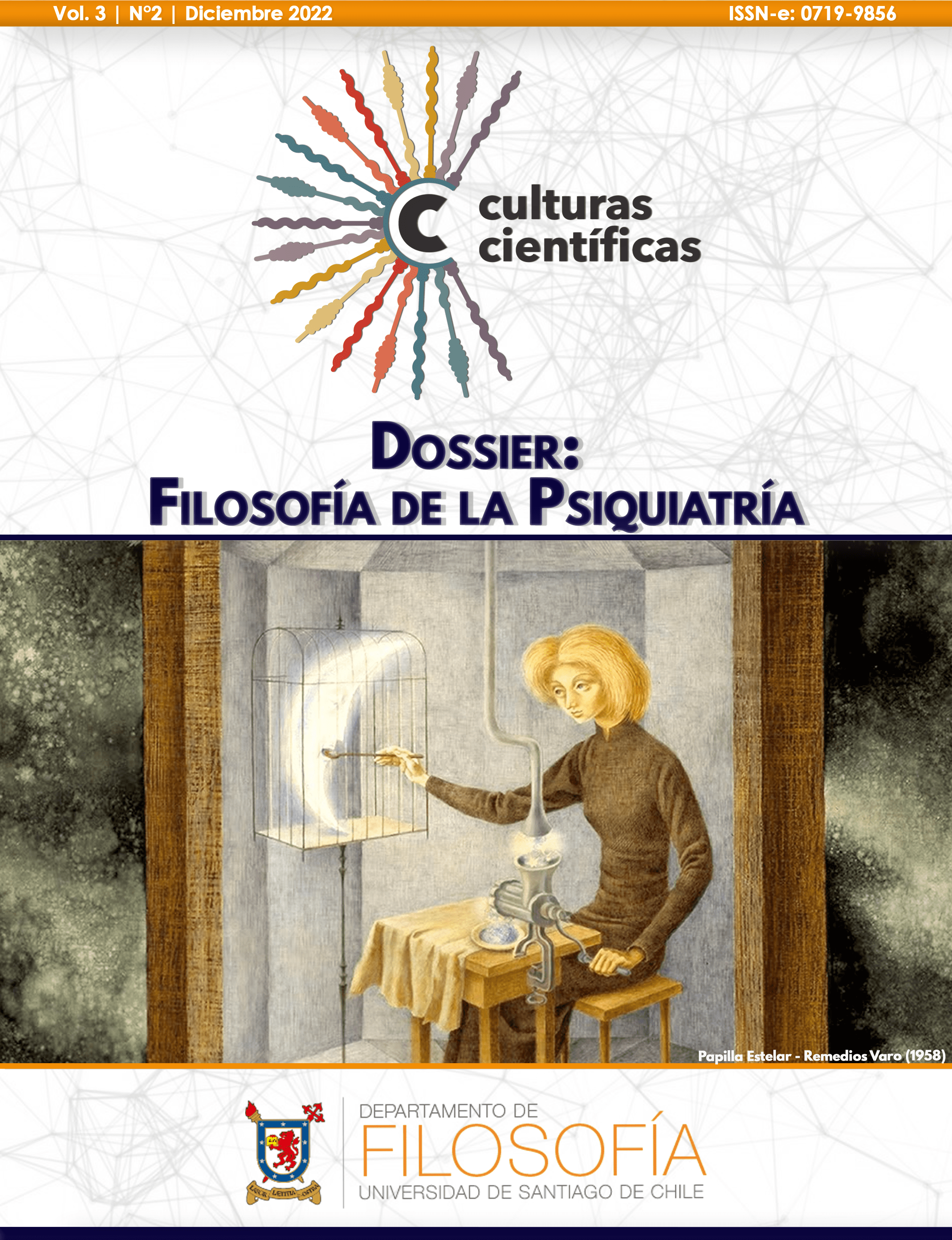Modelos estadísticos y explicación del error inferencial
DOI:
https://doi.org/10.35588/cc.v3i2.5816Palabras clave:
Modelos estadísticos, Error, Procedimientos inferenciales, Explicación causal, Patrones de dependencia contrafácticaResumen
La tesis principal de este trabajo es que los modelos estadísticos facilitan explicaciones acerca de los errores que pueden cometer nuestros procedimientos de inferencia de datos a fenómenos, en el contexto de la estadística clásica o frecuentista. La explicación del error es una operación que, a su vez, ayuda a evitarlo en donde es evitable e intolerable; tolerarlo donde es inevitable y tolerable; y suspender el juicio donde es inevitable e intolerable. Todas estas operaciones son elementos de una práctica generadora de evidencia confiable. Se ilustra esta tesis con el modelo lineal en econometría, el estimador de mínimos cuadrados ordinarios, el estimador y modelo de variables instrumentales y con los conceptos relacionados con las pruebas de hipótesis. Se pone especial énfasis en las propiedades de insesgadez, consistencia y precisión como caracterizaciones del tipo de error que se puede cometer usándo un estimador. Se sostiene que los modelos explican identificando patrones de dependencia contrafáctica entre características del mecanismo estocástico representadas por el modelo y características de los procedimientos inferenciales.











